ESG / CSR
Industries
Understanding the Debate around NYC Local Law 97
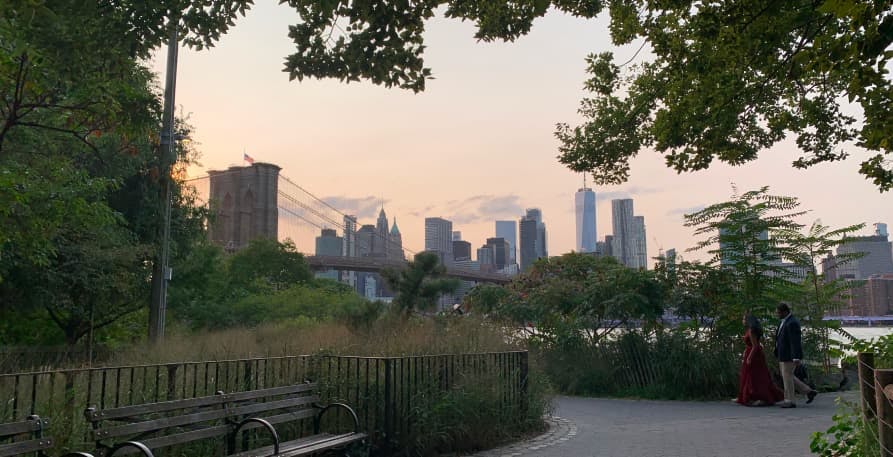


New York City is certainly living up to its motto as the city that never sleeps, seeing as its local government is working hard to ensure the city is on track to meet all of its emission reduction goals – such as with Local Law 97.
However, there is a lot of controversy surrounding this new local law – with some claiming the law to be too lackadaisical to amount to any true success in reducing the city’s emissions caused by buildings.
In this article, we’ll review what Local Law 97 is, why it is important, the current debate surrounding the new local law, and how likely the law itself is to be effective.
What is Local Law 97?
Local Law 97 refers to the new regulation enforced by the Department of Buildings, which will require large buildings in New York City from exceeding a certain limit of greenhouse gas emissions emissions.
Buildings that are required to comply with Local Law 97 include:
- Buildings larger than 25,000 square feet;
- Multiple buildings on the same tax lot which when combined amount to more than 50,000 square feet;
- Multiple buildings which are owned by a condo association, governed by the same set of board managers, and also amount to more than 50,000 square feet.
👉 Basically, fictitious apartments like the ones seen on Gossip Girl or real-life Taylor Swift’s apartment complex in Tribeca would be required to comply with Local Law 97.
Originally created in 2019 by New York City, Local Law 97 is officially in full swing after a hearing was conducted on how to eliminate the emissions created from buildings that do not fall under the realm of Local Law 97’s ordinary regulations.
👉 Local Law 97 works in a similar way to Biden’s climate bill passed in 2022, seeing as it will monetarily incentivise builders in New York to reduce the emissions created by their buildings in order to avoid potential fines – which will vary depending on the degree to which the building fails to comply with Local Law 97.
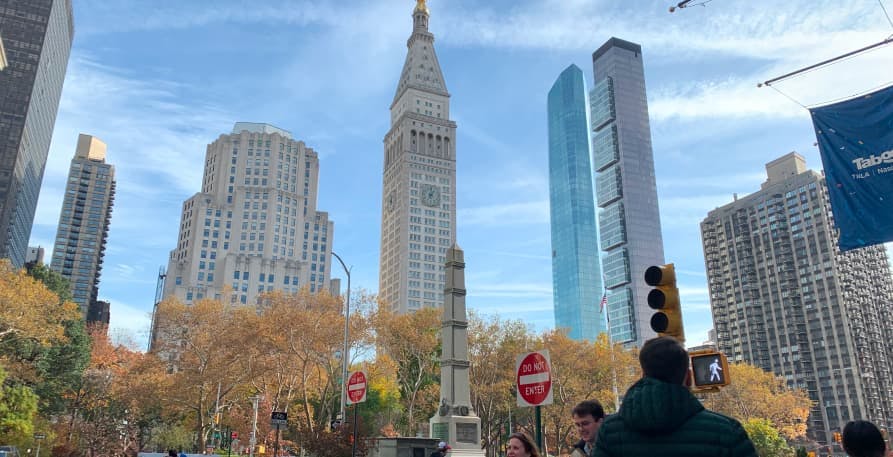
Why is Local Law 97 important?
Local Law 97 will soon become a pivotal part of New York City’s emission reduction strategy as the city strives towards drastic emissions reductions and seeks to lessen the impact of its buildings on the environment.
New York City isn’t only drowning in a literal sense due to the weight of its buildings, but in a metaphorical sense due to its construction as well – seeing as a whopping 70% of emissions in the city are created from its buildings.
However, a recent hearing was conducted in order to determine how to help the 10% of buildings which continue to struggle to reduce emissions. This was done in order to ensure all buildings in the city remain in line with NYC’s 2030 goal to slash emissions by 40%, and the city’s goal to achieve net-zero by 2050.
👉 Without Local Law 97, New York City wouldn’t be able to implement as ambitious of an action plan as it is now – seeing as Local Law 97 helps NYC to tackle nearly ¾ of their current emissions, as much of the city’s environmental impact is due to its buildings.
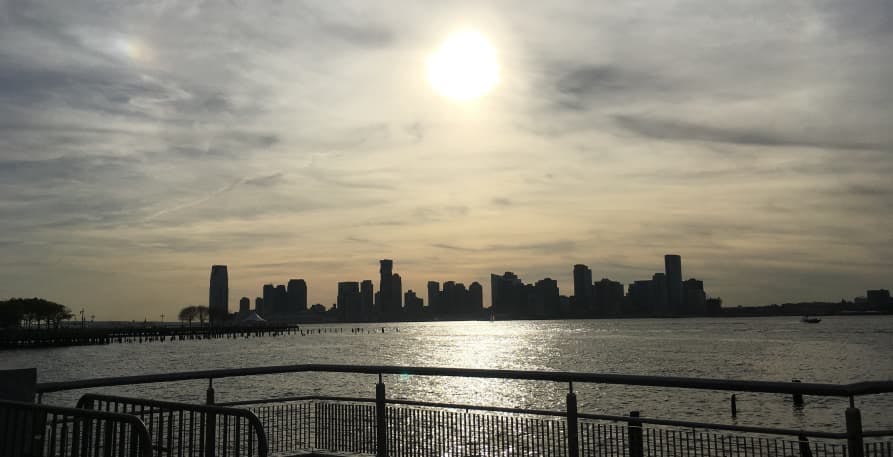
Why will Local Law 97 prove challenging in New York City?
Local Law 97 is a fantastic initiative, but it will be no easy task to implement this effort across the great city of NYC.
First off, things in NYC often get taken down just as fast as they go up – especially post Covid, as many small shops went out of business and construction for new enterprises is already underway. In layman's terms, the landscape of NYC is constantly changing – meaning it could prove challenging to implement such a widely regulated rule, even if it is only for buildings over 25,000 square feet.
In addition to this, seeking to comply with Local Law 97 will often require property owners to do the following in regards to their rental units:
- Improve heating and cooling systems
- Replace lighting fixtures
- Incorporate new ventilation systems
- Vote on important building matters such as to replace the roof or install solar panels
👉 Therefore, one of the biggest challenges of Local Law 97 is that it will require cooperation with all property owners of a building – meaning the process could be more tedious than initially perceived, as moving forward with ideas to comply with Local Law 97 could be hindered if the majority vote isn’t met.
Another thing that building owners required to comply with Local Law 97 will need to remain aware of is Local Law 240 and 241 as it relates to the contractor and type of insurance being used to adhere to the requirements of Local Law 97.
Property owners who fail to remain aware of Local Law 240 and 241 could result in lost funds on behalf of the building owner themselves. This is because failing to secure the correct insurance could cause constructors to sue the building owners if they fall or hurt themselves while installing new components to comply with Local Law 97.
👉 In short, it’s already an annoyance for building owners to invest the time and money to improve the energy efficiency of their buildings – and they’ll have to take it one step further by ensuring the right insurance is secured in order to prevent legal issues.
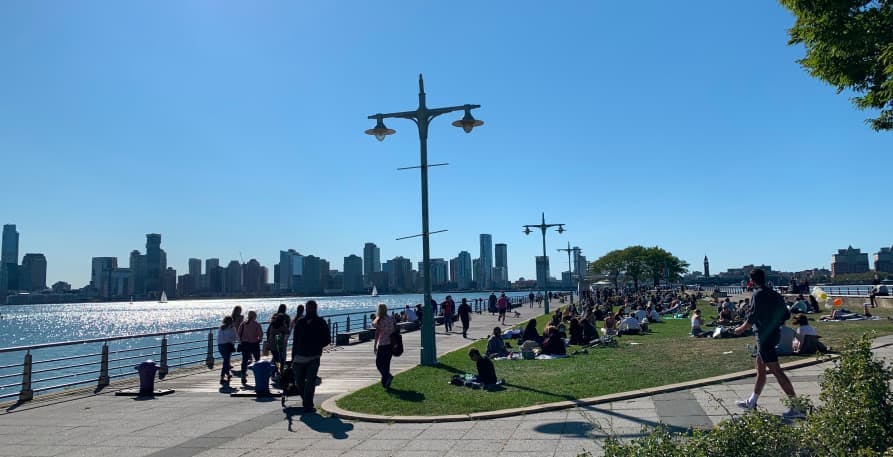
What is the current debate surrounding Local Law 97?
On the surface, Local Law 97 comes off as nothing but beneficial to both property owners and New York City – seeing as the required renovations would help owners in the midst of inflation by raising the property value of their units while also helping NYC to meet its climate goals.
However, there is an ongoing debate surrounding Local Law 97 – seeing as many environmental activists have come to recognise two major setbacks in the law:
- A two-year extension offered for buildings that have not complied by 2024.
- The option to purchase RECs, or renewable energy credits, in 2026.
👉 RECs allow buildings required to comply with Local Law 97 to with proof that at least some of the electricity provided to their building is produced via renewable energy sources. However, some claim that this could prevent property owners from moving forward with full-fledged efforts to reduce building emissions.
The conversation regarding the allowed delays in Local Law 97 has already received support from Alex Beauchamp, who runs a nonprofit organization, and Mary Krieger – who runs the Jewish Climate Action Network based in NYC.
On the flip side of this debate, numerous organizations were in support of the option to delay complying with the new local law – such as the New York League of Conservation Voters and the Natural Resources Defense Council.
This support is likely due to the flipside of the debate surrounding Local Law 97, which is that while this new law is essential for the future health and safety of New Yorkers – it will take time to allow building owners to adjust to these new requirements.
👉 In addition to helping New York City to reduce emissions, Local Law 97 will allow property owners to ensure that their properties retain value – even in the midst of climate change.
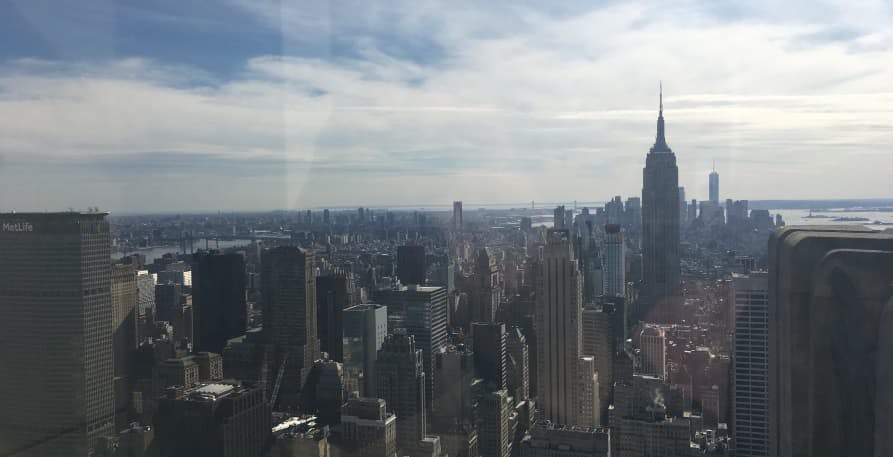
How likely is it that Local Law 97 will help NYC reduce emissions as a whole?
Following these controversies, the Department of Buildings will review all of the comments made and consider them while finalizing the rules to be published regarding Local Law 97 at the end of the year.
However, the debate surrounding Local Law 97 begs the question – how effective is the local law bound to be in helping to reduce building emissions across the city?
For example, there are nearly 220,000 small businesses in New York City – and 89% of those businesses employ less than 20 people. Think about it – how many of those small, hole-in-the-wall donut, pizza, or bagel shops do you think amount to more than 25,000 square feet? Do the majority of walk-up buildings in Chinatown or the East Village have enough units which together amount to 25,000 square feet?
The answer to both of these questions is bound to be an astounding no, but it makes sense why NYC is starting to tackle emissions from the massive properties first – because those owners have the funds, resources, and time to make their buildings more energy efficient whereas smaller apartment complexes or business owners do not.
👉 However, Local Law 97 will still inescapably make a difference in the city’s emissions – seeing as these large buildings over 25,000 square feet inevitably produce more carbon emissions in comparison to your favorite bagel shop in the city.
Ultimately, the criticism and ongoing debates surrounding Local Law 97 are valid – but they are worth working through, seeing as New York City has lofty goals to reduce emissions that wouldn't be possible without a law to incentivise buildings to renovate for energy efficiency like Local Law 97.
What about Greenly?
If reading this article about the debate of local law 97 in New York City has made you interested in reducing your carbon emissions to further fight against climate change – Greenly can help you!
It can be difficult to understand how laws like local law 97 in NYC could have an impact on your business and affect your company’s progress towards its climate goals, but don’t worry – Greenly is here to help! Click here to book a demo and get personalised expertise on how various environmental regulations and laws will have an impact on your own emission reductions and efforts to decrease your environmental impact.
Greenly can help you make an environmental change for the better, starting with a carbon footprint assessment to know how much carbon emissions your company produces.




